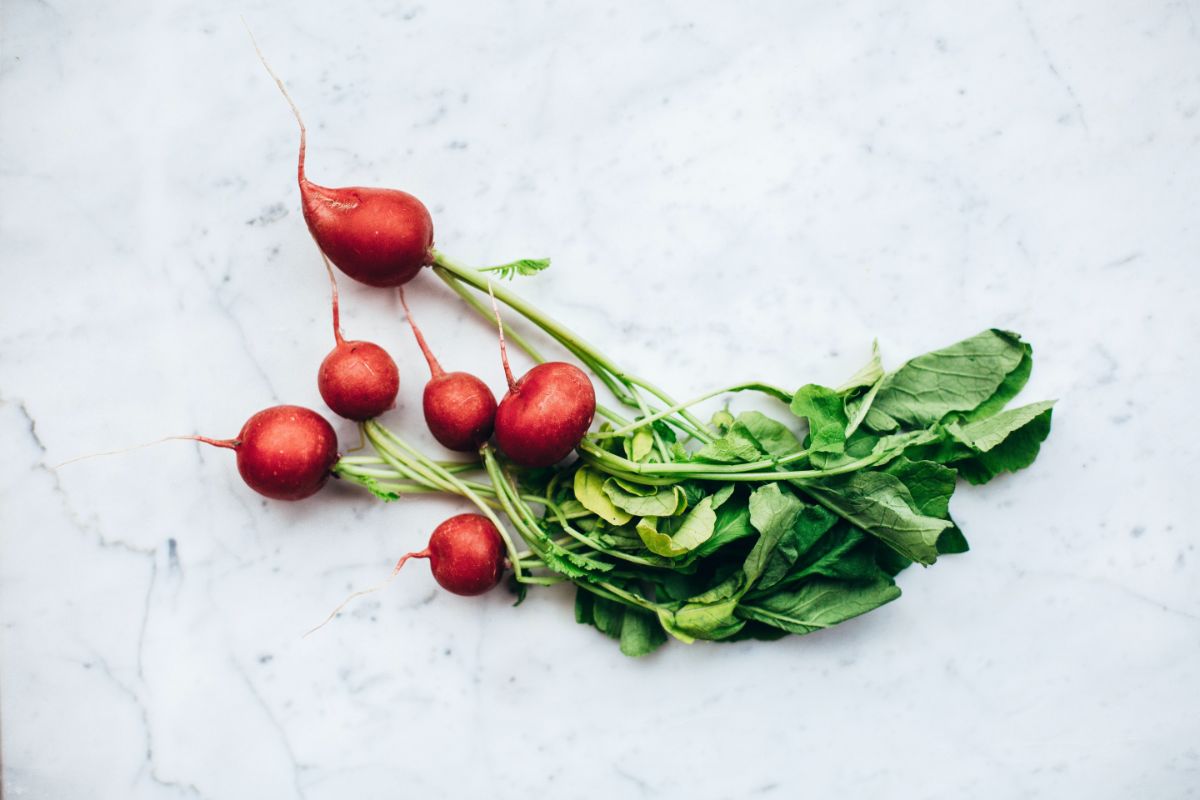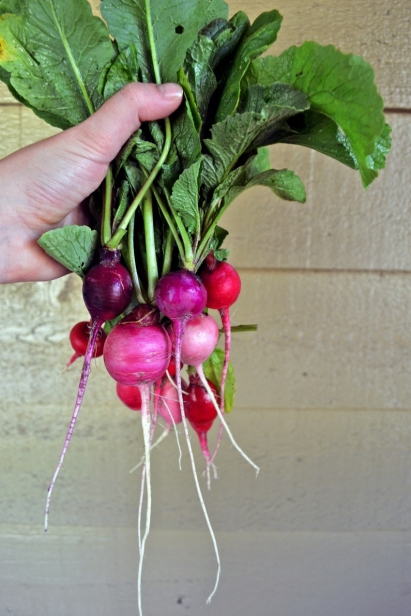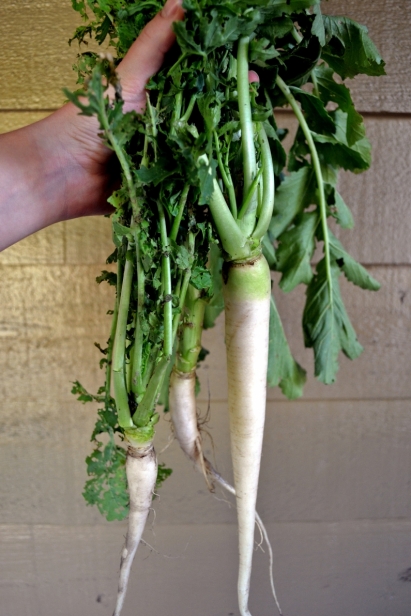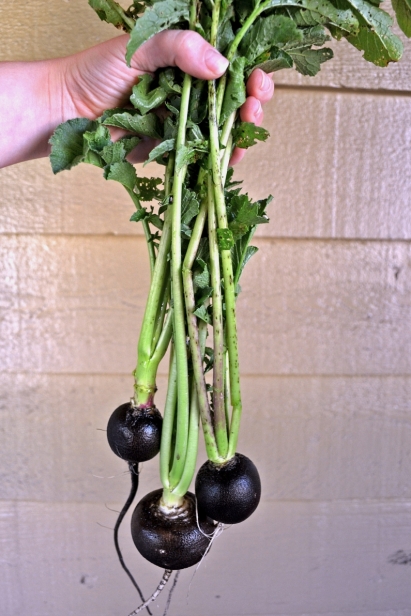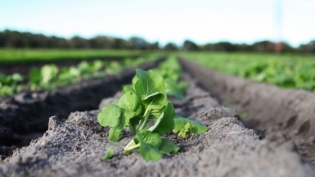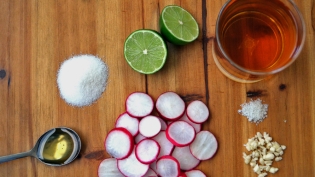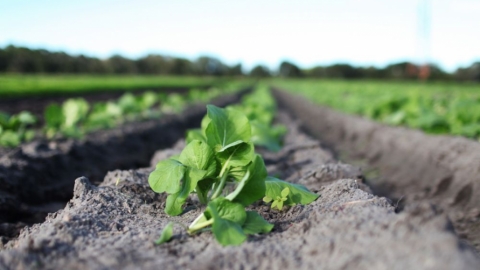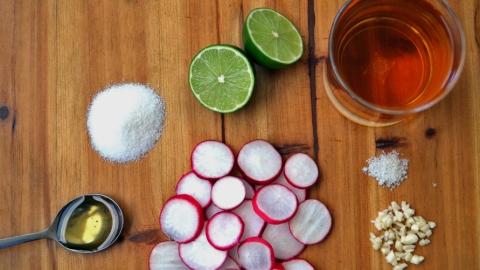A Guide to Radishes
In addition to onions and garlic, workers building the ancient Egyptian pyramids received radishes as payment for their labor, a testament to the value of Raphanus sativus, an underutilized member of the Brassica family. Radishes are also related to jicama, turnips, parsnips, rutabaga and cabbages.
Although it is difficult to trace its origins, scientists generally agree the radish originated in Asia and the Mediterranean region, as these locations have the greatest variety of wild radishes. The entire plant is edible, from root to leaves and can be used in soup, served in a salad in place of spinach or sautéed and served as a side dish. The root/bulb adds a crisp texture when served raw and thinly sliced as part of a salad. If, when raw, it is too tough – a quick steam will soften it without losing its texture and bite.
With the crunch of a carrot flavored by earthy undertones and a spicy kick, radishes can bring a new tang to common dishes like soups and salads. They’re also packed with nutrients including vitamins C and B6, potassium, magnesium, ascorbic and folic acid, calcium and fiber – making them a good choice for a health boost.Radishes make a great addition to a home garden, especially if you are new to growing food. Planting starts in late winter and goes through early spring, allowing for harvest through early summer. Seeds take around 30-50 days to mature after sowing depending on what type of radish it is. If you’re going to plant a larger variety of radish leave around an inch between seeds. For the smaller types you don’t have to worry about leaving much space between seeds.
The Easter Egg radish gets its name from its resemblance to dyed Easter eggs with variants in color from white to light pink, bright red and deep purple. This mildly sharp radish is best when thinly sliced and added to a salad, pickled or topped with a bit of butter and salt. These members of the family take around 30 days to mature after sowing.
The Daikon radish is popular in Asian cuisine. It can be served raw when thinly sliced or use it as a spice by adding it to soup or roasted vegetables. If you’re a fan of sushi, try it the way it is most popular in Japan – grated and served alongside your sushi roll. This radish takes around 45 days to mature after sowing.
The Black Spanish is the spiciest variety of radish. To reduce the piquant taste, you might want to peel the skin. Removing the black outer layer reveals a bright white flesh. These radishes work nicely when grated onto meat or mashed potatoes to add spice, or used as a garnish on a salad. This variety of radish takes around 50 days to mature after sowing.
The Watermelon radish gets its name from its unique coloring both on the inside and outside – with green tints to the outer root and a bright pink flesh inside, similar to a watermelon. You want to eat these radishes raw, as they will lose their distinct pepper taste and vivid color if cooked. These members of the family take about 50 days to mature after sowing.
Radishes don’t need to be an intimidating vegetable – rather, they can rejuvenate a dish with their crisp bite and sharp flavor.


